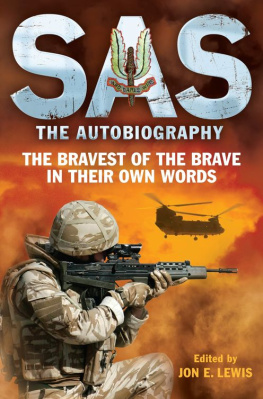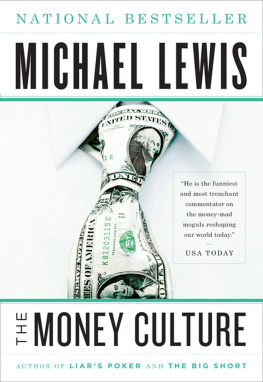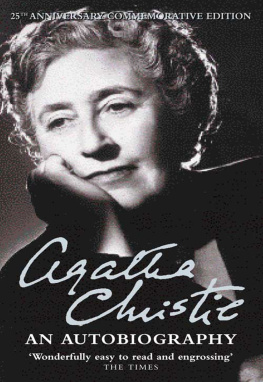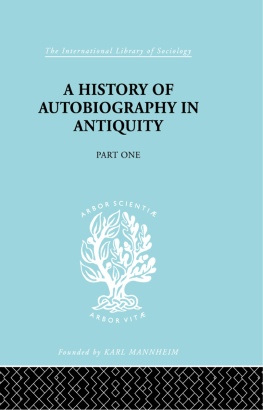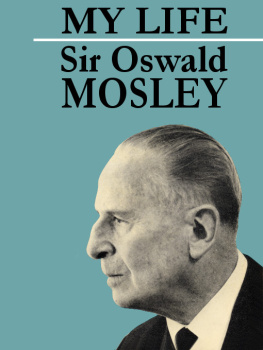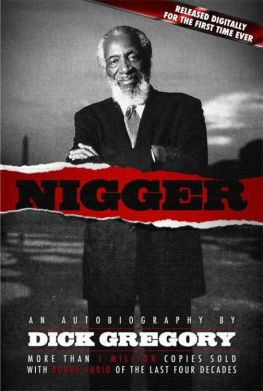What a book. Five stars DailyExpress
The Birth of the Special Air Service Regiment, 1941
1941. Of all unlikely places, the Special Air Service destined to become the worlds most famous and most feared special forces unit was conceived in a hospital bed in Egypt. Injured while undertaking some unofficial parachute training, David Stirling, a twenty-six-year-old subaltern in No. 8 (Guards) Commando, used his enforced sojourn in 15 Scottish Military Hospital in Cairo to conjure a scheme for hit-and-run operations against the Germans in the North African desert.
On his release from hospital in July, Stirling decided to take his idea to the top. To present the plan through the usual channels would only mean it getting buried in what Stirling thought of as fossilized shit bureaucracy, in other, politer words. Although generals are not, by and large, in the habit of granting interviews to second-lieutenants, Stirling hobbled on crutches to General Headquarters Middle East in Cairos leafy Tonbalat Street; after failing to show a pass at the security barrier, he went around the corner, jumped over the fence and careered inside the building, the wardens bellowed alarms close behind him. Up on the third floor, Stirling found his way into the office of Major General Neil Ritchie, Claude Auchinlecks Deputy Chief of Staff. Stirling breathlessly apologized to the surprised Ritchie for the somewhat unconventional nature of his call, but insisted that he had something of great operational importance to show him. Stirling then pulled out the pencilled memo on small-scale desert raiding he had prepared in hospital. He [Ritchie] was very courteous Stirling remembered years later, and he settled down to read it. About halfway through, he got very engrossed, and had forgotten the rather irregular way it had been presented.
It was Stirlings turn to be surprised. Looking up, Ritchie said matter-of-factly, I think this may be the sort of plan we are looking for. I will discuss it with the Commander-in-Chief and let you know our decision in the next day or so. The Commander-in-Chief was General Claude Auchinleck, new to his post, and under immense pressure from Churchill to mount offensive operations. Stirlings plan was a gift for Auchinleck; it required few resources, it was original, and it dovetailed neatly with Churchills own love of commandos. Stirlings memo went under the cumbersome title of Case for the retention of a limited number of special service troops, for employment as parachutists, but there was nothing ungainly about its concept; on the contrary, Stirling understood that small can be beautifully lethal in wartime. The unit Stirling proposed was to operate behind enemy lines and attack vulnerable targets such as supply lines and airfields at night. What is more, the raids were to be carried out by groups of five to ten men, rather than the hundreds of a standard commando force, the very numbers of which made them susceptible to detection by the enemy. Since these special service commandos were to be inserted by air, they had greater range than seaborne troops and did not require costly (and reluctant) Royal Navy support. Stirling wrote later:
I argued the advantage of establishing a unit based on the principle of the fullest exploitation of surprise and of making the minimum demands on manpower and equipment a sub-unit of five men to cover a target previously requiring four troops of commando, i.e. about two hundred men. I sought to prove that, if an aerodrome or transport park was the objective of an operation, then the destruction of fifty aircraft or units of transport was more easily accomplished by a sub-unit of five men than by a force of two hundred.
While Auchinleck pondered Stirlings memo, Ritchie looked into David Stirlings background. He was equally pleased and displeased by what he found. On graduation from the Guards depot at Pirbright, David Stirling had been classed as an irresponsible and unremarkable soldier. He was dismissive of authority. He overslept so much he was nicknamed The Great Sloth. In Egypt his partying had become legendary, and he had more than once revived himself from hangovers by inhaling oxygen begged from nurses at the 15 Scottish Military Hospital.
But it wasnt all bad. David Stirling, born in 1915, came from good stock; he was the youngest son of Brigadier Archibald Stirling of Keir; his mother was the daughter of the 16th Baron Lovat. After Ampleforth and three years at Cambridge, Stirling had enthusiastically calls joined the Scots Guards, before transferring to No. 8 Commando. Like many a commando officer, he was recruited over a pink gin at Whites Club by Lieutenant Colonel Bob Laycock, 8 Commandos Commanding Officer. As part of the Layforce brigade, No. 8 Commando had been dispatched to North Africa, where its seaborne raids had been embarrassing wash-outs. On the disbandment of Layforce, Stirling had jumped literally at the chance of joining an unofficial parachute training session organized by another officer in No. 8 Commando. Many people over the years mistook Stirlings diffidence, abetted by the slight stoop common to the very tall (Stirling was six feet six) for a lack of ambition; on the contrary, Stirling possessed a core of steely resolve. (Churchill, who met Stirling later in the war, borrowed an apposite couplet from DonJuan for his pen portrait of the SAS leader as the mildest mannerd man that ever scuttled ship or cut a throat.) This inner determination was the reason why Stirling participated in the impromptu parachute-jumping trials at Fuka: he wanted to get on with the war. Unfortunately, the aircraft used, a lumbering Valencia bi-plane, was not equipped for parachuting and the men had secured the static lines which opened the silk canopies to seat legs. Stirlings parachute caught on the door and snagged; he descended far too rapidly and hit the ground so hard that he was temporarily paralysed from the waist down. Thus he had ended up as a bed patient in the Scottish Military Hospital.
Three days after his meeting with Ritchie, Stirling was back at Middle East Headquarters, this time with a pass. Auchinleck saw him in person. Stirling was given permission to recruit a force of sixty officers and men. The unit was to be called L Detachment, SAS Brigade. The SAS stood for Special Air Service, a force which was wholly imaginary and whose nomenclature was devised by Brigadier Dudley Clarke, a staff Intelligence officer, to convince the Germans that Britain had a large airborne force in North Africa. To mark his new appointment as the Commanding Officer of L Detachment, Stirling was promoted to captain.
There were two particular officers Stirling wanted for his outfit. The first was John Jock Lewes, whom Stirling found at Tobruk, where he was leading raids on the Axis lines. British by birth, Lewes had been brought up in Australia, and was an Oxford rowing blue who had led his university eight to a historic win over Cambridge. It had been Lewes who had organized the parachute jump at Fuka during which Stirling had crashed. Lewes influence on the formation of the SAS was paramount; on a visit to Stirling in hospital, Lewes had voiced proposals and queries which did much to further the embryonic idea of a desert raiding force that was circling around in Stirlings head. Stirling said later: The chat with Jock was the key to success. I knew I had to have all the answers to the questions he raised if I was to get anywhere.

